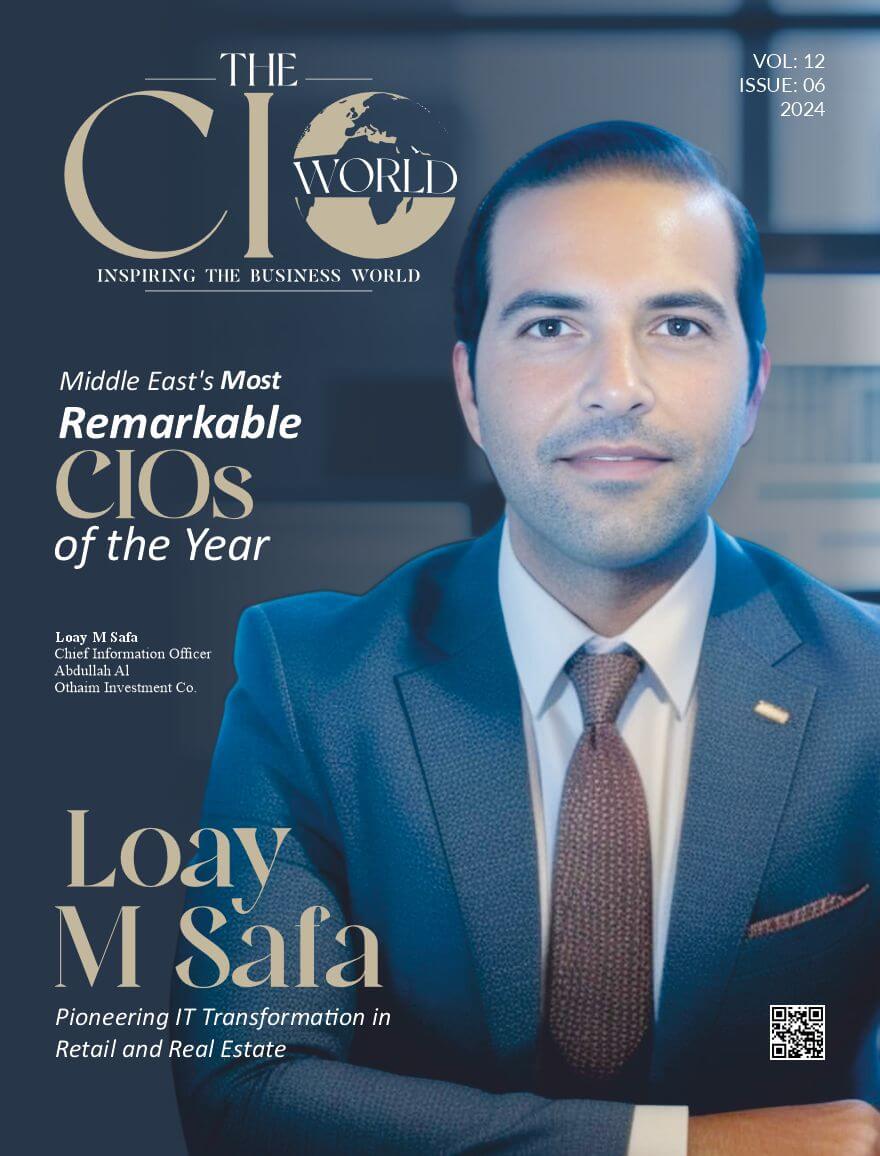The past years have seen the financial industry change through technology in a revolutionary manner. Traditional banking, insurance, investments, and payments are changing at a high speed to make them more convenient, more efficient, and more personalized to customers. It’s not only about digitalizing but also about reimagining the customer experience, making the financial products simple, convenient, and personalized.
The Rise of Digital Banking
One of the greatest banking innovations is the advent of digital banking. The application of the internet and mobile banking applications has taken the place of customers going to the banks for transactions alone. Banks and lenders now have the luxury of digital channels for the customers to check the account balance, send money, pay bills, and even apply for loans with just a few clicks on their phone.
Neobanks—fully online banks with no physical presence—have taken one step ahead to disrupt banking forever by providing low-cost, customer-centric services. They use artificial intelligence (AI) and analytics to provide personal finance suggestions and empower customers to take the right decision for spending, saving, and investing.
AI and Chatbots for Personalized Support
Artificial intelligence has become the cornerstone of innovation in financial services. AI-driven chatbots and virtual assistants are now featured on banking, insurance, and investment websites worldwide. They help customers respond to queries, conduct transactions, and even real-time fraud prevention. Chatbots, through their 24/7 customer support, reduce response times and enhance customer satisfaction.
Additionally, computer program-based investment advisors, or the infamous “robo-advisors,” offer customers investment recommendations dependent on client details, risk level, and performance of the market. This keeps wealth management even simpler for individuals with no finance experience or education.
Blockchain and Secure Transactions
Blockchain technology has led the way in offering enhanced security and transparency to the financial system. The decentralized and immutable nature of the ledger in Blockchain dispenses with any possibility of fraud and guarantees the authenticity of transactions. Cryptocurrencies and other blockchain virtual assets enable new ways of making payments that ensure faster, secure, and cheaper transactions, particularly cross-border money transfer.
Apart from cryptocurrency, blockchain has enabled the creation of smart contracts—programmed contracts with predetermined rules—so that middlemen can be eliminated in financial transactions. This facilitates greater efficiency, reduced costs, and more trust among customers in financial transactions.
Open Banking and API Integration
The second disruptor is open banking, which makes third-party banks have access to customers’ bank information in a secure way via the Application Programming Interfaces (APIs). It facilitates greater competition, innovation, and customer-centered financial services.
Through open banking, consumers have the ability to bring different financial services onto one platform, viewing the big picture of their funds. Fintech companies utilize the technology to offer budgeting software, credit-checking software, and personal planning software for finance, enabling money management to be faster and wiser.
Contactless Payments and Digital Wallets
The emergence of digital wallets such as Apple Pay, Google Pay, and PayPal revolutionized the payment system among consumers into a new frontier. Contactless payment has changed the industry in embracing speed, security, and convenience. The consumer can pay for goods and services through easy tapping of smartwatches or smartphones without holding cash or credit cards.
This technology has also been very useful during the COVID-19 pandemic time when contactless payment avoided physical contact to make eating and going out to eat safe and easy.
Advanced Cybersecurity Features
As financial transactions went digital, it has become essential to secure the information and avoid fraud. Banks and financial institutions now invest heavily in advanced cybersecurity features like biometric authentication (facial and fingerprint), multi-factor authentication, and anti-fraud software based on artificial intelligence.
These security guard innovations not only secure consumer information but also develop online financial service trust. Online banks and websites for online payment are more trustworthy to consumers nowadays because they know that their fund security and privacy are assured.
The Future of Financial Services Innovation
Future financial innovation will only get faster and build on the platform of new technology like quantum, Internet of Things (IoT), and 5G. The new normal will be hyper-personalization with AI monitoring people’s individual spending habits to offer personalized fiscal products and services.
Furthermore, financial inclusion will increase as technology will enable the underbanked portion of society to access insurance, credit, and banking. Solutions such as microfinance via blockchain and mobile banking in developing nations will equip millions of individuals with no access to formal finance.
Conclusion
Financial services innovation is transforming customer experience in ways never imagined before. From blockchain security and AI-based financial advisory services, online banking and contactless payment, the sector is leading to a new era where financial services are more intuitive to customers, faster, and more convenient. With technology changing very fast, the emphasis will be on delivering frictionless, secure, and personalized financial services to enable an unprecedented financial experience for all customers.







